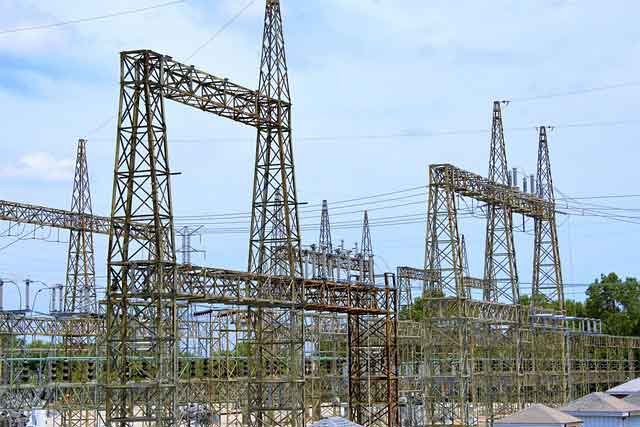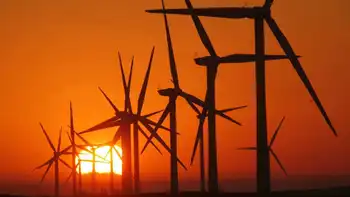Canada to establish carbon-trading market
By Agence France-Presse
High Voltage Maintenance Training Online
Our customized live online or in‑person group training can be delivered to your staff at your location.

- Live Online
- 12 hours Instructor-led
- Group Training Available
The local market would provide Canadian companies and individuals an opportunity to reduce their carbon emissions, which are linked to global warming.
"It does so by establishing a price for carbon in Canada — something that has never been done before in this country," Environment Minister Jim Prentice said in a speech to the Economic Club of Canada.
"Anyone wanting to offset their emissions will be able to purchase credits — from small businesses, to individuals, to travelers," he said.
"Every offset credit will represent a real and verified emission reduction, equal to the equivalent of one tonne of carbon dioxide."
Rules and requirements for generating offset credits, including registration of projects and issuance of actual credits and an explanation of how CO2 cuts would be verified, are to be published after a 60-day public consultation.
"Projects that could qualify for offsets span the economy," said Prentice, "from farmers using reduced or no-till techniques to store more carbon dioxide in their fields, to wind turbines producing clean electricity using only the wind, to landfill sites that are able to turn captured methane into usable fuel."
The new system would also target emissions from activities and sectors not covered by planned limits on big industrial polluters, he said.
Under Europe's nascent Emissions Trading System, the EU allocates carbon polluting allowances to member states to meet its obligations under the UN's Kyoto Protocol.
The states then assign quotas to those industries that belch most CO2 into the atmosphere.
Companies that emit less than their allowance can sell the difference on the market to companies that exceed their limits, thus providing a financial carrot to everyone to become greener.
The ETS is touted by supporters as a model for U.S. President Barack Obama's own cap-and-trade scheme and others seeking to cut greenhouse gases and boost green technologies.
However, since its inception it has twice crashed.
In 2007, carbon quotas, set during an initial two-year test period, turned out to be far too generous. After a months-long slump, prices picked up when governments set tougher targets for the 2008-2012 period.
The price of a tonne of carbon dioxide (CO2) or its equivalent again nosedived this month as big European polluters, responding to plummeting demand for their products in a global recession, emitted less.
In December, the United Nations is to hold its 15th climate change conference in Copenhagen.
The summit aims to forge a new global agreement on climate change, to take over from the Kyoto Protocol after it expires in 2012.
"Failure to make progress in Copenhagen is simply not an option," Prentice also commented.
"The consequences are too great, the stakes too high, not to bring to that meeting our best efforts and unwavering resolve," he said.











